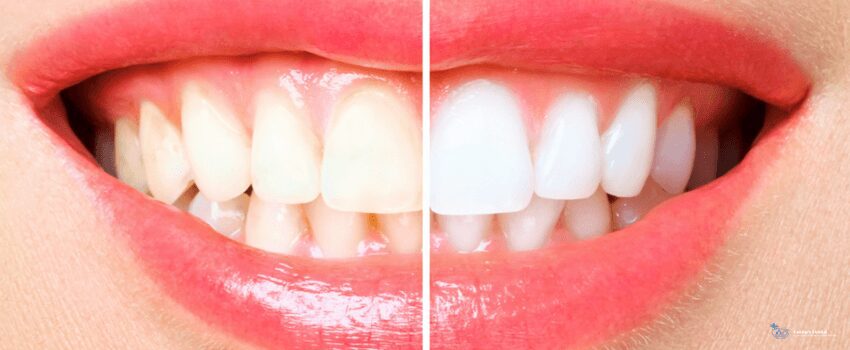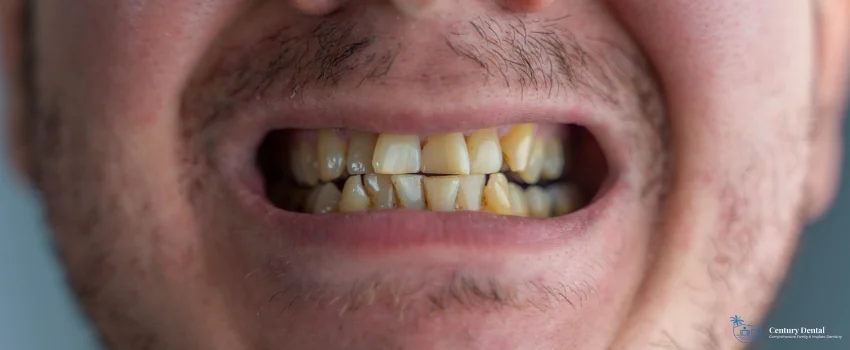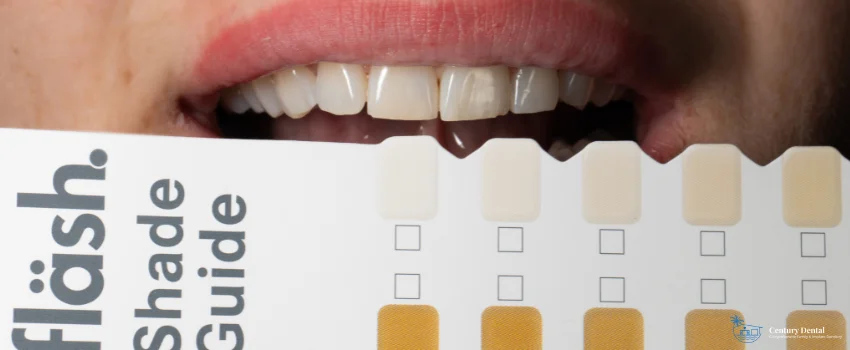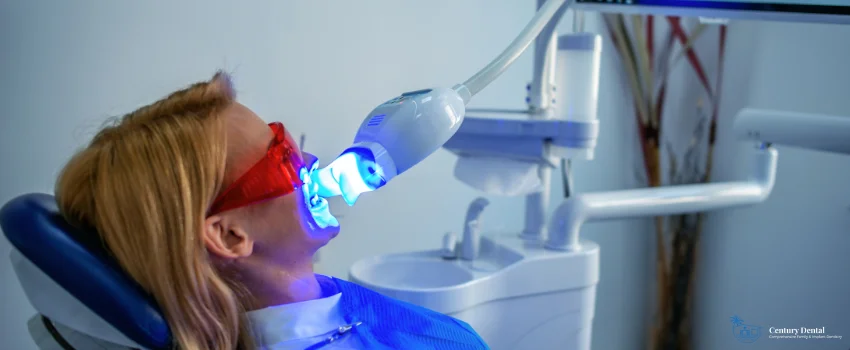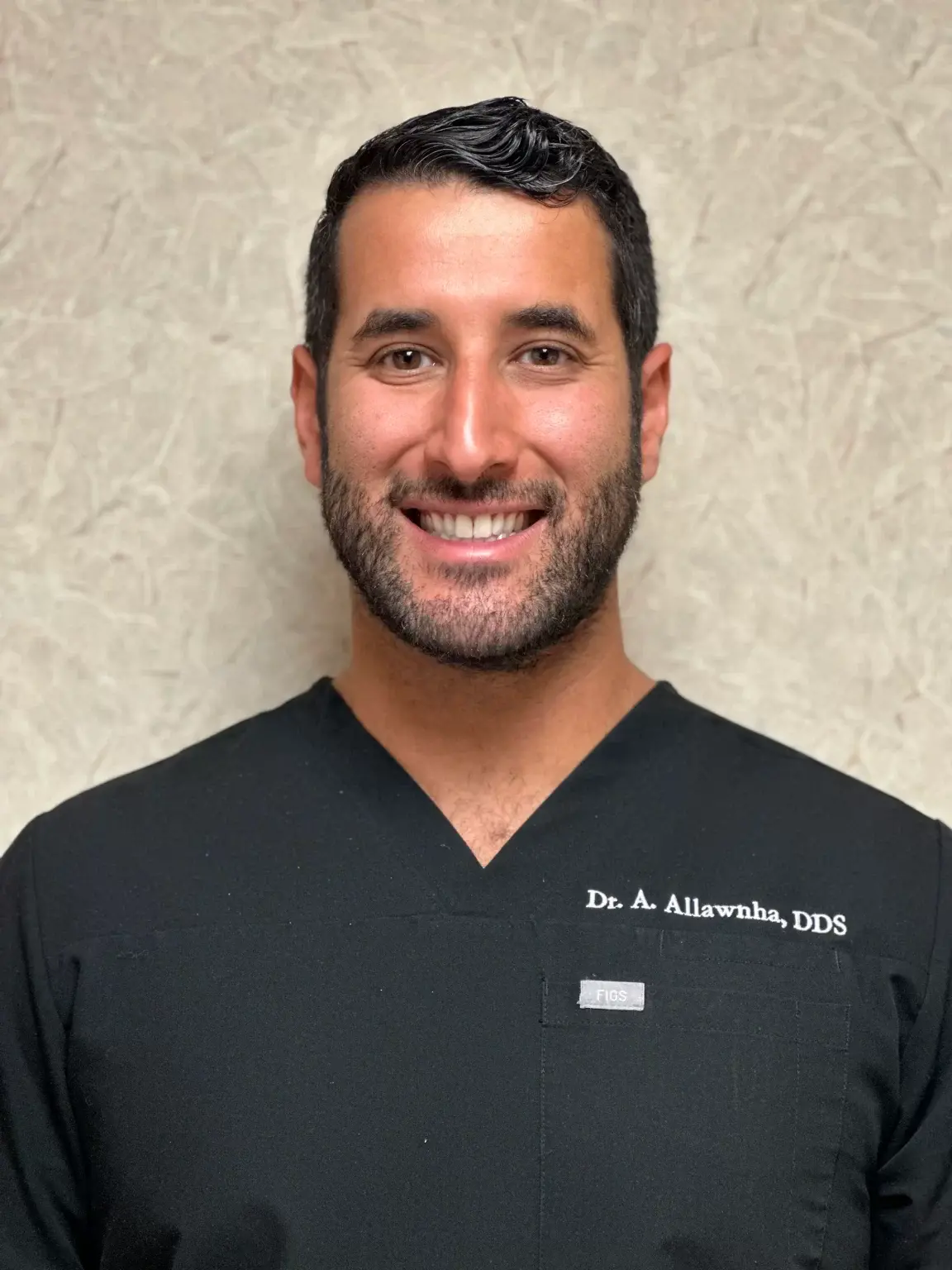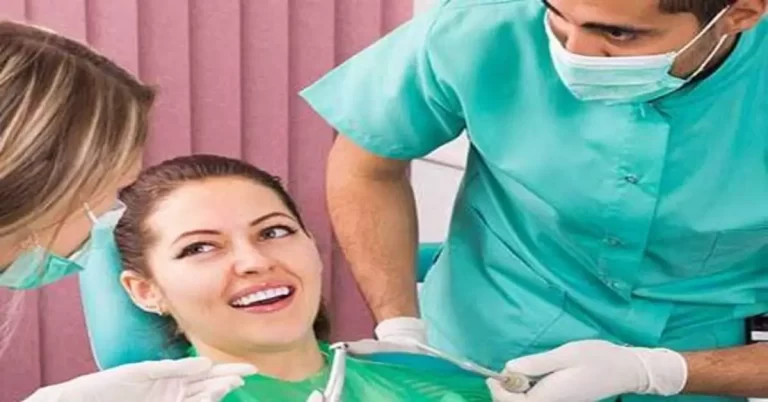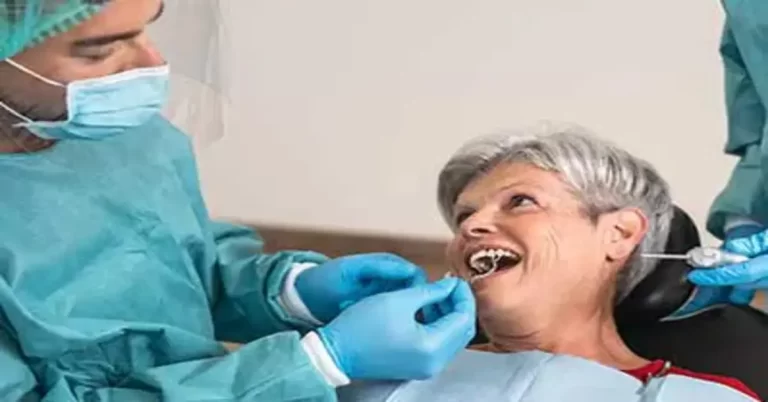In one of our previous blogs about cosmetic dentistry trends to watch out for, teeth whitening is the most popular cosmetic dentistry procedure. It’s an easy, fast, and painless way to improve your smile and gain confidence. And today, teeth whitening treatments aim for more natural teeth whiteness, unlike past trends where teeth looked unnaturally white.
If you plan to whiten your teeth, here are some things you should know about teeth discoloration and your teeth whitening options.
What causes teeth discoloration?
Aside from age, here are some of the things that can cause teeth discoloration:
Poor Dental Hygiene
Poor dental hygiene allows food particles and other substances like tobacco to settle on your teeth, eventually causing tooth stains.
Tobacco Products
Tobacco products contain nicotine and tar that turn your teeth yellow, and are more likely to stain. Chronic tobacco use will eventually give your teeth a darker color.
Foods and Drinks
One thing to remember when consuming food or drink is this: if it can stain your clothes, it can stain your teeth. Acidic beverages such as tea, soda, wine, and juice can cause teeth discoloration. Foods like blueberries, apples, cherries, and beets may temporarily stain your teeth.
Medications
Antipsychotics, antidepressants, and high blood pressure medications can cause teeth discoloration. Exposure to antibiotics while still in the womb or before reaching eight years old also has the same effect.
Patients who undergo head and neck radiation, chemotherapy, or other treatments may also notice a change in their teeth’s color.
Dental Trauma
Dental trauma, such as a broken or chipped tooth, can damage your teeth’s enamel. It may also lead to pulp degeneration, turning your teeth gray or blue-gray.
How does teeth whitening work?
Most types of whitening products have peroxides containing highly-reactive oxygen molecules that break the chemical bonds attaching the stains to your teeth’s enamel.
Teeth whitening is relatively easy; you can even do it yourself, but it’s safer and easier to have a dentist do it. Dentists only perform some types of teeth whitening procedures.
Teeth whitening may also cause temporary teeth sensitivity. To circumvent this, dentists add fluoride to their tooth whiteners to prevent teeth sensitivity and weakening.
Not everyone can undergo teeth whitening. Patients with gum disease should address it first, and those with sensitive teeth are also more likely to experience discomfort if they undergo teeth whitening. Teeth whitening also won’t work on teeth that are already brown or gray.
At-home Teeth Whitening Treatments
You can easily purchase and use at-home teeth whitening treatment kits at any time. However, don’t expect instantaneous results.
Whitening Strips
This over-the-counter option does not require an appointment with a dentist and works best for teeth with mild to moderate staining. They are flexible and easy-to-apply; you apply one strip for your upper teeth and one for the bottom.
You will likely see results in three days or up to two weeks.
Whitening Toothpaste
Whitening toothpaste is the most accessible of all whitening products. They can remove surface stains caused by coffee, smoking, or alcohol, but they can’t remove deeper stains.
Unlike whitening strips, you won’t see results until after several weeks of regular use.
Custom-fit Bleaching Tray
This teeth whitening method is convenient and easy to use but may require a visit to the dentist for the custom-fit trays. Once you have them, you’ll put the whitening gel in them, then wear them for a few hours like a mouthguard.
You may also buy whitening trays over the counter, but they won’t be as comfortable as custom-fit trays. Because they fit well, they also won’t lead to gum irritation; sometimes, the whitening gel leaks and irritates the gums. It can be uncomfortable and sometimes painful.
In-office Teeth Whitening Treatments
A licensed dentist performs in-office teeth whitening treatments at their office and examine your teeth to determine which procedure suits you most. They are the best way to whiten teeth; they are more effective than at-home treatments, and you avoid the risk of overdoing or underdoing the treatment.
Zoom Whitening
There are several Zoom whitening treatments, but all of them use hydrogen peroxide as a whitening agent and an LED light to brighten your smile. The procedures last between 10 to 45 minutes.
You must make sure your teeth are clean before the procedure. Your dentist may also tell you to avoid certain foods before and after the procedure.
Boost Whitening
Boost whitening uses a gel to whiten teeth. It contains fluoride and potassium nitrate that strengthen enamel, protecting teeth from sensitivity and cavities. You will also see results immediately after the procedure.
What Not To Do When Whitening Teeth
Here are some tips for a more effective and lasting teeth whitening treatment.
Don’t do it yourself.
Many teeth whitening products, such as gels and strips, are available over-the-counter. They are easy to use and convenient, but they can only remove surface stains and make teeth whiter for a brief time. Their results may also vary since you have to apply the product yourself.
In-office teeth whitening is the best choice for faster and more effective results. Dentists have the knowledge, skill, and materials to get the best outcomes.
Don’t whiten your teeth too often.
Speeding up the process and going for teeth whitening treatments frequently might be appealing, but remember: it’s important to allow enough time between treatments. Whitening your teeth too often can cause sensitivity issues that overshadow its benefits.
Don’t experiment with teeth whitening treatments.
It is impossible to customize your teeth whitening procedure. Your dentist will know how to perform it and assess the results based on their professional experience and background.
Follow their instructions for the best result and to avoid discomfort and long-term teeth sensitivity.
Watch what you consume.
You may need to avoid certain foods, beverages, and substances after teeth whitening.
The bleaching agent used in teeth whitening can weaken your teeth and cause tooth sensitivity. Consuming acidic foods and drinks can further damage it.
Meanwhile, dark-colored foods and beverages like sweets, blueberries, wine, and coffee can stain your teeth.
You should also avoid or stop using tobacco products. They can damage your oral health, stain your teeth, and adversely affect your overall health. If it’s not possible, try to avoid using them for at least a few days after the teeth whitening procedure to prevent re-staining.
Key Takeaway
Teeth whitening is the most popular cosmetic dental procedure people have. It’s safe, easy, and painless. Among the different ways to whiten teeth, in-office teeth whitening is the most effective way to achieve a whiter smile.
You need to take care of your teeth after a teeth whitening procedure to make results last. Avoid using tobacco products and eating acidic and colored foods and beverages. It’s also best to have dentists do it for you in their offices. Always follow their aftercare instructions; don’t experiment with them. Lastly, whiten your teeth too frequently; otherwise, you could damage your teeth.
Enjoy a better smile today.
Our nearby South Pasadena dentist offers numerous cosmetic dentistry services like teeth whitening and veneers that can instantly improve your smile. Don’t hesitate and call our office; we’ll gladly answer all your concerns.

